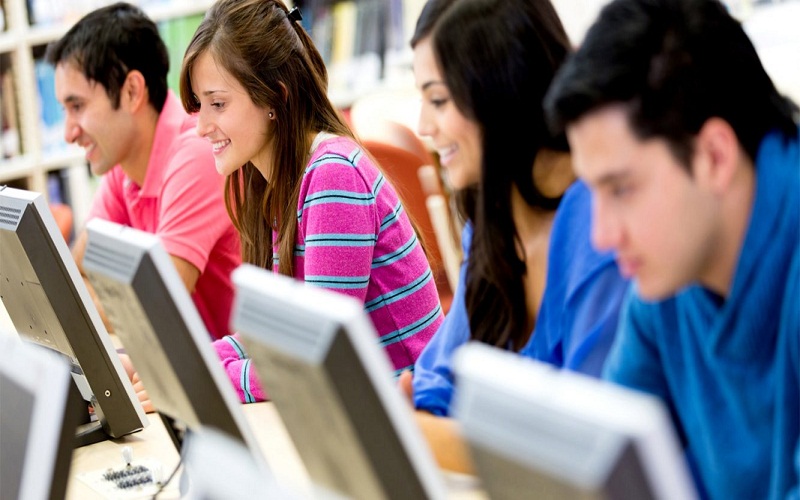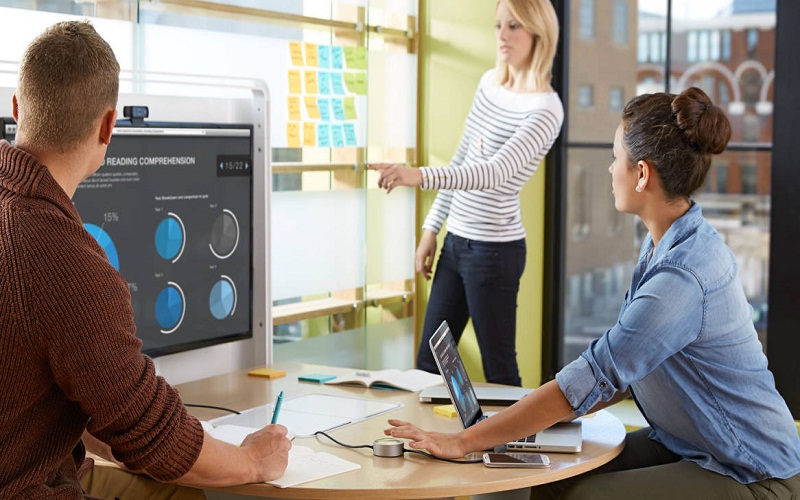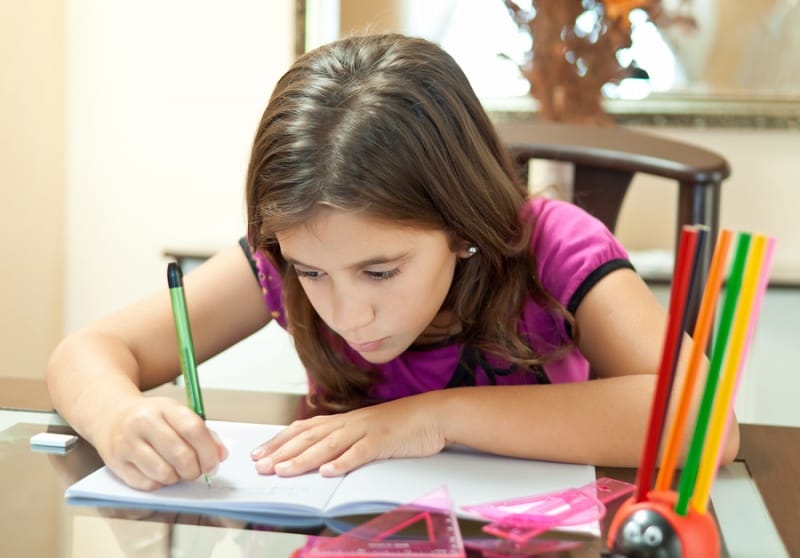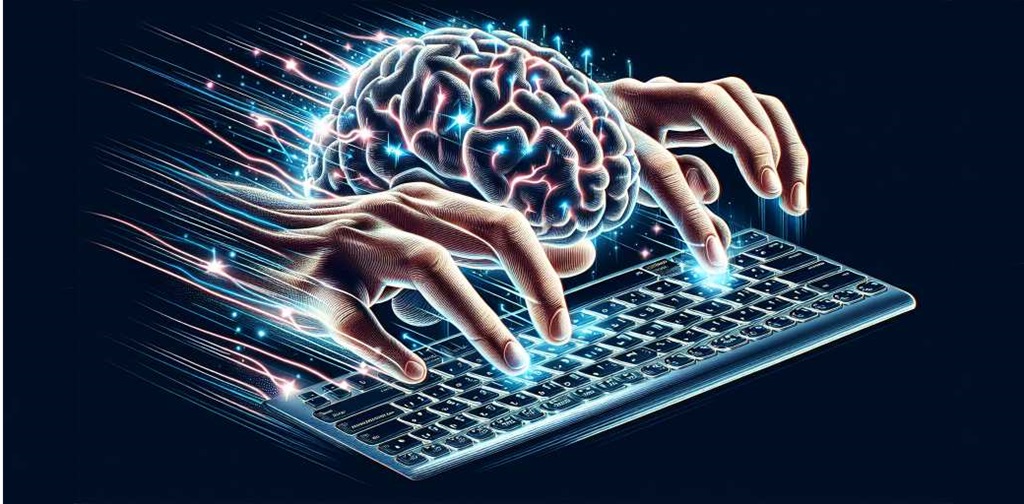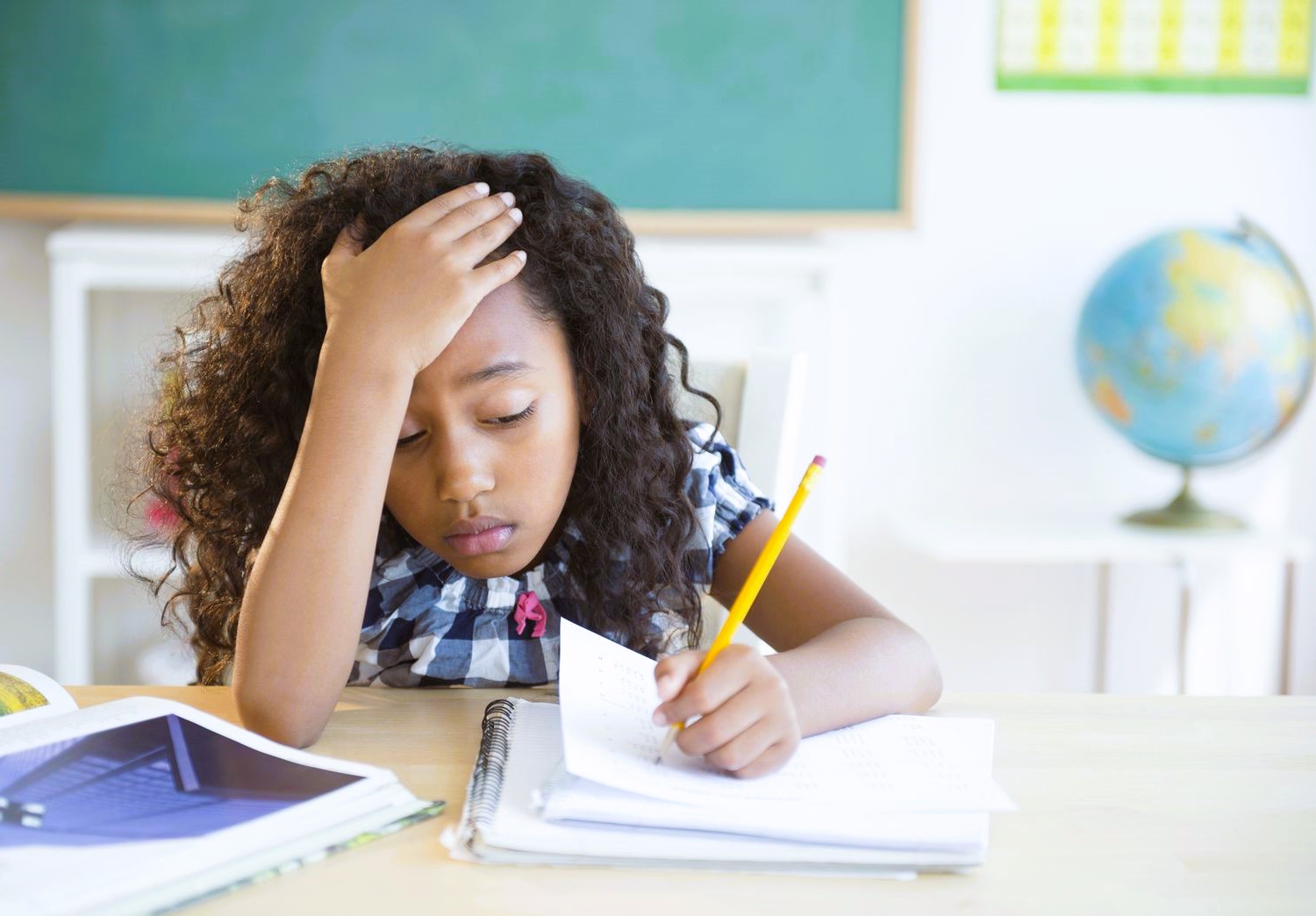The best educational models in the world are characterized by being affordable, providing quality education, investing in teacher training and includingnew technologies, among other aspects. Which countries have reached it? Then we tell you the characteristics of the 9 best educational models worldwide according to the Young Marketing portal collection.
Definition of educational models
An educational model consists of a compilation or synthesis of different pedagogical theories and approaches , which guide teachers in the preparation of study programs and in the systematization of the teaching and learning process .
In other words, an educational model is a conceptual pattern through which the parts and elements of a curriculum are schematized. These models vary according to the historical period, since their validity and usefulness depend on the social context.
By knowing an educational model, the teacher can learn how to develop and operate a curriculum, taking into account the elements that will be decisive in the didactic planning . Therefore, it is considered that the greater knowledge of the educational model by the teacher will generate better results in the classroom.
The traditional educational model focuses on the preparation of a study program, without too many additional elements since social needs or the intervention of specialists are not taken into account explicitly, among other factors.
This educational model includes the figure of the teacher (who plays an active role), the method (the lecture type class), the student (with a receptive role) and the information (the contents presented as different topics).
In this sense, the traditional model has a low influence of scientific-technological advances in education , so it is somewhat limited at present. In any case, its usefulness is recognized as a pedagogical basis in the formation of different generations of teachers and students.
South Korea
Education in South Korea is strict and rigorous. Students generally attend school seven times a week and spend more than 12 hours a day to understand the theories and concepts, either at home or at school. Korean culture has the maximum that success is not achieved by talent but by effort and through this the Koreans have achieved very good results in international tests, especially in the areas of critical thinking and analysis, despite the fact that Classes are taught to a large number of students. The size of the classes has the objective that teachers can teach students to develop relationships with others and grow in community.
Finland
The educational model in Finland is demanding and flexible at the same time. Students attend 5 hours to school and do not take home homework, as the Finnish system has the challenge of learning based on experience. In this way , students are encouraged to carry out extracurricular activities developing individual talents according to the interests of each one. So many of the schools in Finland have gaming rooms and spaces for recreation and collaboration.
Japan
This country has a great investment in technology, and this makes it one of the best educational models worldwide. In addition, it has a standardized academic plan that is applied in the same way in all educational centers with the objective that all students receive the same education and reduce the knowledge gap that arises when different educational methodologies are applied. The average number of days students attend classes is about 240 per year, in addition to receiving personalized tutoring on non-working days in order to complement their learning.
Holland
The Netherlands has applied since 2013 an educational model created by Steve Jobs that is called “for the new era”, which has as its objective the collaboration and independence of the student through the use of Information and Communication Technologies (ICTs). This system promotes autonomous learning where the student himself sets his own goals, guided by the teacher . Technology is a fundamental part since students receive multimedia, interactive and playful education, enriching their individual progress while learning about digital tools; which, after all, are the present and future of communications.
Canada
Canada is a leading country in bilingual education, so students can attend an educational center that dictates their classes in English or French and must do so from 5 to 18 years old. This country has one of the highest rates of university graduates in the world, because higher education is affordable and the cost of living is low; so it receives large student immigration. One of the strengths of Canadian universities is research, and thanks to this the graduates have many opportunities to develop projects in the areas of environment, agriculture or technology among others, which in turn receive the support of public entities and private.
Singapore
Teachers in Singapore are constantly professionalized through workshops, personal and professional development courses and other options that help them improve their work while ensuring educational success. And is that the ideology of this country ponders teachers as people capable of building a better nation . In turn, the teachers are very demanding of the students, making them commit themselves and this is demonstrated by the good results of the international tests, where the skills of reading comprehension, mathematics, science and analytical thinking among others have been highlighted.
United Kingdom
The education model in the United Kingdom has always focused on innovation, for example in terms of new technologies. In mid-2014 the government announced a new curricular plan that will be implemented in students from 5 to 16 years old and will be focused on developing the basic skills of the first years of education , with the characteristic of being less extensive and being divided into five main modules : mathematics, English, computing, science and design and technology.
Russia
In Russia, the state organizes the education system ensuring that it is general, free and available to all. From preschool children focus on intellectual development and the development of motor skills through physical activity . The primary and the baccalaureate are part of the general education and here the students receive emotional and social training, with the aim that they can adapt to social life and working assertiveness in people. As for the academic curriculum, each school has theirs with the requirement that they meet state guidelines, so some institutions specialize in a certain area.
Estonia
This country has the particularity of allowing students to delve into topics of interest during the last years of high school, so some students specialize at an early age in humanities, mathematics, science or business , among other areas. After the general period each student can attend a vocational institute where they are prepared for working life and are advised in the election of a university career according to the abilities and strengths of each one.
Education models to complement at home
Do you know what education models are like Montessori or Waldorf? In this article we list and briefly explain different study methods that you can implement in your own home with your children to complement those of the school.
With this we do not want to encourage you not to school your children; schooling has advantages beyond academic training, such as the socialization of some children with others, but it can help if you want to actively collaborate in the education of your children. .
Classic Tritium
In the Middle Ages education was classified into two major blocks: the Trivium (grammar, dialectics and rhetoric) and the Quadrivium (geometry, music, astronomy and arithmetic). The first one is perfectly compatible with current systems, but it should not be understood as “three subjects of letters”, but as a process; first, accumulate knowledge (memory); second, reason about these data (logic); and third, transmit reasoned (expression).
Montessori
The Italian doctor designed a system tailored to the needs of the student, putting the accent on self-learning . Prioritize the acquisition of useful skills that develop the responsibility and autonomy of the child by offering materials and giving them time to “work” with them. At home we can create three “corners” (sensory, practical and academic) with stimulating elements according to their age.
For Rudolf Steiner, the human being is an entity with body, soul and mind, and structures his education in stages: 0-7 years , the body develops , with play and imitation as tools; 7-14, the soul , working the emotions with imagination and art; and 14-21, the mind , rational and scientific thinking. Thus, at home we will enhance that facet that corresponds to the child’s age.
The “non-school” is a system that starts from the premise that learning has nothing to do with school, and questions the teaching process itself. He opts for non-directed forms in which learning emerges from the child himself in a free and self-taught way , be it a book, a walk or an experience. It is one of the easiest systems to apply at home.
Eclectic Homeschooling
The homeschooling (that is, the supporters of home education) usually choose to combine systems, principles or techniques of different origin. It has the main advantage of adapting perfectly to the child. You can mix these systems or put other ideas into practice, such as Sue Patrick’s “work boxes” or John Dewey’s “cross-sectional projects”.
Mason
Charlotte Mason was a Victorian era educator who modified the classical system. The child is an individual to respect , not the one to simply instill knowledge. A familiar atmosphere and trustworthy teachers (like parents) are fundamental, as well as progressive routines (one hour of study at 6 years gradually increasing) and the use of quality literature to raise questions instead of textbooks. It promotes activities such as cooking, gardening or sports.
It places the child at the center of the learning process and puts the accent on Nature, since learning is something natural to the human being, in three stages: observation, awareness and discourse . The freedom of the child and education in the family are the two fundamental values in this system.
Flexi schooling and distance education
Within the limits of home education are these two modalities. Homeschooling combines education at home with face-to-face classes , either in disciplines that parents do not master, or to socialize with other children. Distance education uses a curriculum and official materials, and is carried out in Spain through CIDEAD. Both are allowed in special cases.
As you see, there are many alternatives to the usual education systems. Even if you prefer your child to attend school, you can get great ideas from these other systems and you can try to put them into practice yourself in your own home as a reinforcement of the official teaching . They serve to show your child that you can learn outside of school and, above all, enjoy the learning process together.
Finally, education model is perhaps one of the most important indicators in determining the level of development of a nation. Although it is true that the results of international evaluations such as the PISA tests, the TIMSS and the PIRLS and the examinations of each country help to establish the quality of an educational model, they are not the only elements that must be taken into account. Other aspects such as hours of study, investment in teacher training, affordability to higher education and innovative teaching methodologies, which foster the skills of the 21st century, are indispensable components.


